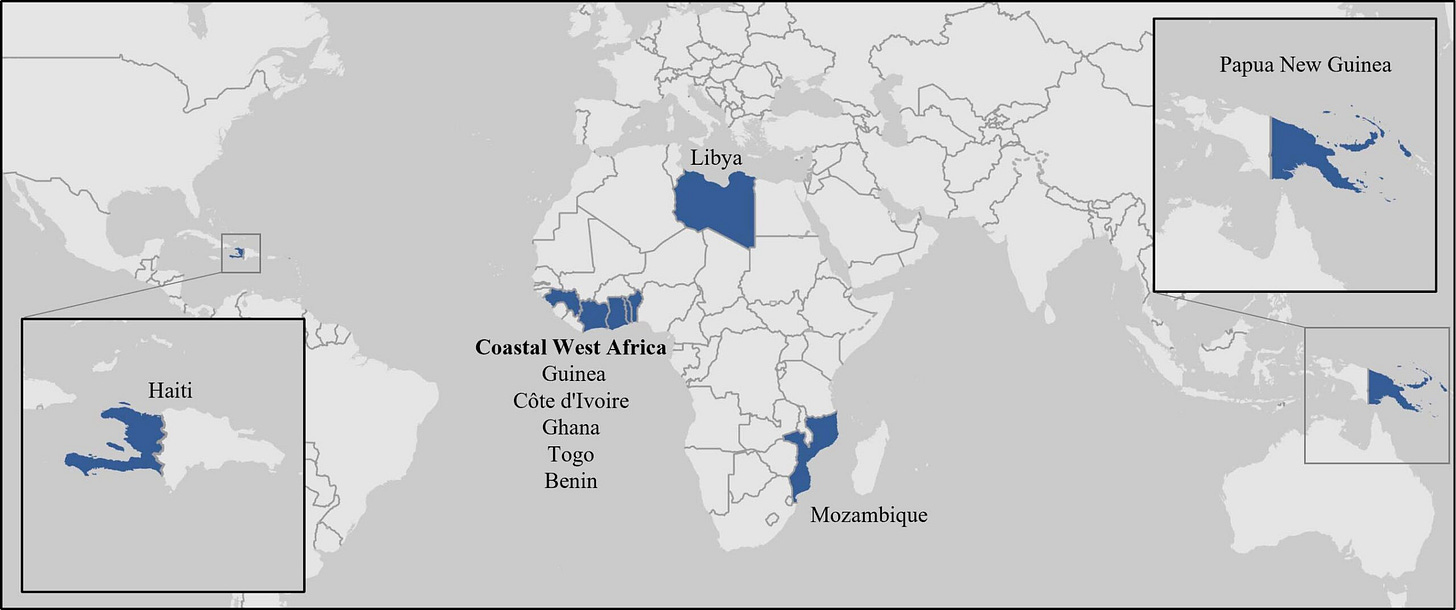A Strategic Imperative: The U.S. Strategy to Prevent Conflict and the Global Fragility Act
Commentary with Response to Critics

A Strategic Imperative: The U.S. Strategy to Prevent Conflict and the Global Fragility Act
In an era marked by global complexities and interconnected challenges, the United States has taken a bold step with its Strategy to Prevent Conflict and Promote Stability, coupled with the pivotal Global Fragility Act. The significance of this strategic approach cannot be overstated; it represents a paradigm shift towards proactive peacebuilding and addressing the root causes of fragility, aligning the U.S. with a vision of a more secure, resilient, and peaceful world.
The Global Fragility Act, signed into law in December 2019, is not merely legislative fine print but a profound commitment to fostering stability in regions where state weakness could magnify threats to the American homeland. This Act recognizes that investing in preventing conflicts is not just a moral imperative but a strategic necessity.
The U.S. Strategy to Prevent Conflict and Promote Stability, in essence, is a blueprint for a smarter, more nuanced engagement with the world. It acknowledges the limitations of reactive approaches and bravely commits to understanding and addressing the political drivers of fragility. By prioritizing locally-driven solutions, the strategy demonstrates an understanding that sustainable stability cannot be imposed but must be cultivated organically.
The goals of this strategy are not just lofty ideals; they are strategic imperatives. Prevention, stabilization, partnerships, and effective management form the pillars of an approach that recognizes the interdependence of global security and prosperity. By focusing on inclusive political processes, promoting burden-sharing, and emphasizing efficiency across government agencies, the strategy lays the groundwork for impactful, cooperative action.
What sets this strategy apart is its commitment to data-driven analysis, diplomacy, and information-sharing. In a world inundated with information, the strategy prioritizes understanding local dynamics, targeting interventions effectively, and holding actors accountable. This commitment to adaptability and learning from policy outcomes, not just program outputs, is a refreshing departure from conventional approaches.
Moreover, the strategy's explicit recognition of the need for partnerships beyond traditional government avenues is a testament to the understanding that these challenges are too complex to be tackled in isolation. By forging alliances with civil society, the private sector, and international partners, the U.S. is not only acknowledging the shared responsibility but also harnessing a wealth of diverse perspectives and expertise.
In the conversation about this strategy, it's crucial to underscore the forward-looking nature of this initiative. By emphasizing innovation, flexibility, and a focus on financing for women and youth, the U.S. is signaling its commitment to addressing the root causes of instability and ensuring a more inclusive, sustainable peace.
The United States Strategy to Prevent Conflict and Promote Stability, bolstered by the Global Fragility Act, represents a pivotal moment in international relations. It's an acknowledgment that the security of the United States is intricately linked to the stability and prosperity of nations around the globe. As a nation, we are not just preventing conflicts; we are actively shaping a future where the conditions for conflict are minimized, and the prospects for peace and progress are maximized. It's not just a strategy; it's a commitment to a better world.
While the United States Strategy to Prevent Conflict and Promote Stability, coupled with the Global Fragility Act, is a commendable step toward proactive peacebuilding, it is not immune to criticism. It's important to engage with counterarguments, providing nuanced insights into why certain criticisms might not be practical or may overlook crucial aspects of the strategy.
Responding to Possible Criticisms of the U.S. Strategy for Global Stability
Counterargument 1: Resource Allocation
Critique: Detractors may argue that the strategy requires significant financial investment, especially in the context of competing domestic priorities.
Keep reading with a 7-day free trial
Subscribe to ARAC International to keep reading this post and get 7 days of free access to the full post archives.



